Test Bank For Pathophysiology The Biologic Basis for Disease in Adults and Children 8th Edition
Chapter 4: Genes and Genetic Diseases
MULTIPLE CHOICE
1. Inserting bone marrow cells into an individual who produces abnormal erythrocytes is an
example of what type of therapy?
a. Somatic cell c. Genetic engineering
b. Germ cell d. Recombinant DNA
ANS: A
Gene therapy can be applied in two ways. The less controversial approach is somatic cell
therapy, which consists of inserting normal genes into the cells of an individual who has a
genetic disease. In this approach, a particular tissue, such as bone marrow cells that
produce abnormal erythrocytes, is treated. The correct option is the only one that
accurately identifies the therapy described in the question.
PTS: 1 REF: Page 137 | Box 4-2
2. DNA replication requires the enzyme DNA polymerase to:
a. Travel along the single DNA strand, adding the correct nucleotide to the new
strand
b. Move along the double strand of DNA to unwind the nucleotides of the double
helix
c. Hold the double strand apart while the correct nucleotides are added to the strand
d. Transport the double strand of DNA from the nucleus to the cytoplasm for protein
formation
ANS: A
The DNA polymerase enzyme travels along the single DNA strand, adding the correct
nucleotides to the free end of the new strand (see Figure 4-2, B). The correct option is the
only one that accurately describes the process involved in DNA replication using DNA
polymerase.
PTS: 1 REF: Page 137
3. Transcription is best defined as a process by which:
a. DNA polymerase binds to the promoter site on ribonucleic acid (RNA).
b. RNA directs the synthesis of polypeptides for protein synthesis.
c. RNA is synthesized from a DNA template.
d. A base pair substitution results in a mutation of the amino acid sequence.
ANS: C
Transcription is the process by which RNA is synthesized from a DNA template. The
correct option is the only one that accurately defines the term transcription.
PTS: 1 REF: Page 141
4. The purpose of a staining technique of chromosomes such as Giemsa is to:
a. Permit the mitotic process to be followed and monitored for variations.
b. Allow for the numbering of chromosomes and the identification of variations.
c. Identify new somatic cells formed through mitosis and cytokinesis.
d. Distinguish the sex chromosomes from the homologous chromosomes.
ANS: B
One of the most commonly used stains is Giemsa stain. By using banding techniques,
chromosomes can be unambiguously numbered, and individual variation in chromosome
composition can be studied. Missing or duplicated portions of chromosomes, which often
result in serious diseases, also can be readily identified. The correct option is the only one
that accurately describes the purpose of the Giemsa staining technique.
PTS: 1 REF: Pages 142-143
5. An amniocentesis indicates a neural tube defect when an increase in which protein is
evident?
a. Chorionic c. Amniotic
b. Alpha fetoprotein d. Embryonic
ANS: B
Other disorders can be detected with this procedure. These include most neural tube
defects, which cause an elevation of alpha fetoprotein in the amniotic fluid, and hundreds
of diseases caused by mutations of single genes. The correct option is the only one that
accurately identifies the protein responsible for a neural tube defect.
PTS: 1 REF: Page 136 | Box 4-1
6. An amniocentesis is recommended for pregnant women who:
a. Have a history of chronic illness
b. Have a family history of genetic disorders
c. Have experienced in vitro fertilization
d. Had a late menarche
ANS: B
Amniocentesis is recommended only for pregnancies known to have an elevated risk for a
genetic disease or in women older than 30 to 35 years of age. The correct option is the
only one that accurately describes a criterion for ordering an amniocentesis.
PTS: 1 REF: Page 136 | Box 4-1
7. The most clinically useful technique for prenatal diagnosis of chromosomal abnormalities
at 3 months’ (12 weeks’) gestation is:
a. Gene mapping c. Amniocentesis
b. Linkage analysis d. Chorionic villus sampling
ANS: D
Chorionic villus sampling consists of extracting a small amount of villous tissue directly
from the chorion. This procedure can be performed at 10 weeks’ gestation and does not
require in vitro culturing of cells; sufficient numbers are directly available in the extracted
tissue. Thus the procedure allows prenatal diagnosis at approximately 3 months’ gestation
rather than at nearly 5 months’ gestation. The correct option is the only one that accurately
describes the most useful technique for prenatal diagnosis of chromosomal abnormalities.
PTS: 1 REF: Page 136 | Box 4-1
8. The term for an error in which homologous chromosomes fail to separate during meiosis
or mitosis is:
a. Aneuploidy c. Polyploidy
b. Nondisjunction d. Translocation
ANS: B
Aneuploidy is usually the result of nondisjunction, an error in which homologous
chromosomes or sister chromatids fail to separate normally during meiosis or mitosis. The
correct option is the only one that is used to describe an error in chromosomal separation
during reproduction.
PTS: 1 REF: Page 145
9. Which clinical manifestations would be expected for a child who has complete trisomy of
the twenty-first chromosome?
a. Widely spaced nipples, reduced carrying angle at the elbow, and sparse body hair
b. An IQ of 25 to 70, low nasal bridge, protruding tongue, and flat, low-set ears
c. High-pitched voice, tall stature, gynecomastia, and an IQ of 60 to 90
d. Circumoral cyanosis, edema of the feet, short stature, and mental slowness
ANS: B
Individuals with this disease are mentally retarded, with IQs usually ranging from 25 to
70. The facial appearance is distinctive and exhibits a low nasal bridge, epicanthal folds
(which produce a superficially Asian appearance), protruding tongue, and flat, low-set
ears. The correct option is the only one that accurately describes the clinical manifestations
of the complete trisomy of the twenty-first chromosome.
PTS: 1 REF: Pages 146-147
10. What is the most common cause of Down syndrome?
a. Paternal nondisjunction c. Maternal nondisjunction
b. Maternal translocations d. Paternal translocation
ANS: C
Nondisjunction during the formation of one of the parent’s gametes or during early
embryonic development occurs in approximately 97% of infants born with Down
syndrome. In approximately 90% to 95% of infants, the nondisjunction occurs in the
formation of the mother’s egg cell. The correct option is the only one that accurately
describes the most common cause of Down syndrome.
PTS: 1 REF: Page 147

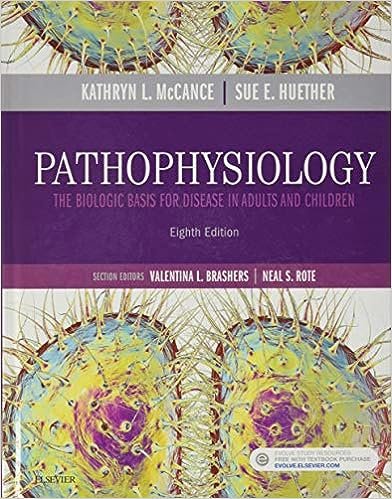
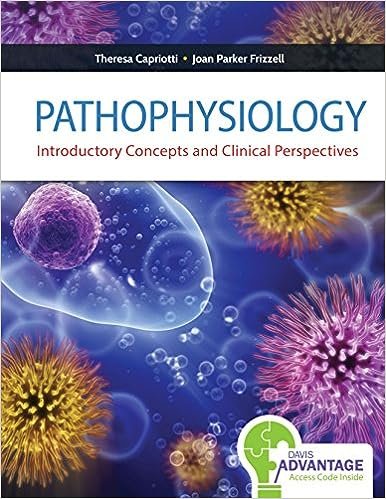
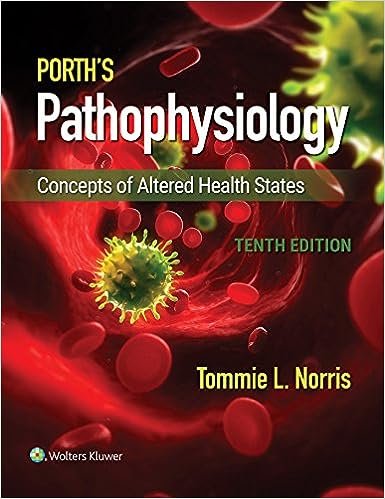

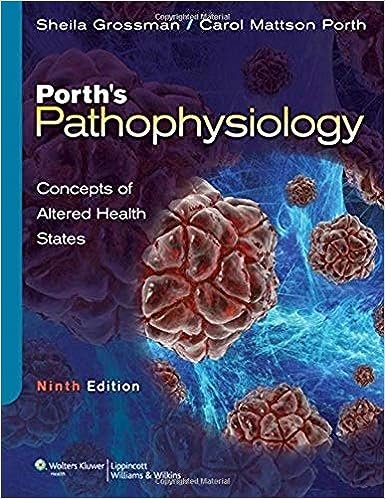
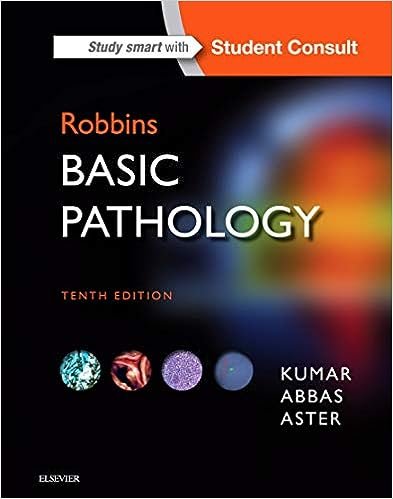
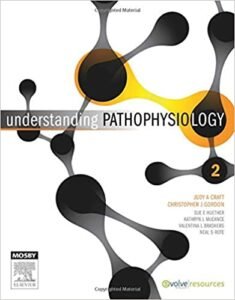
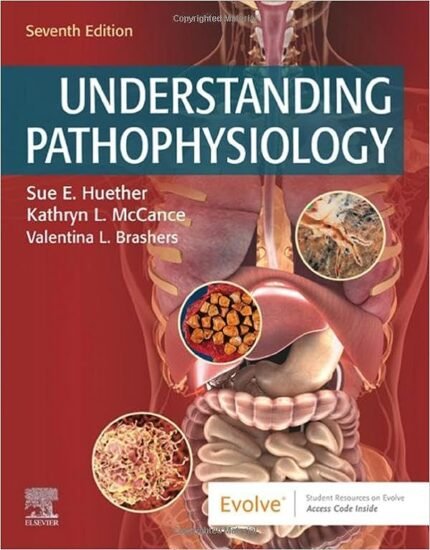


Reviews
There are no reviews yet.